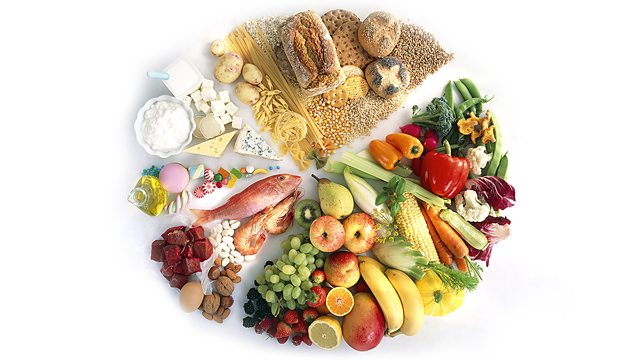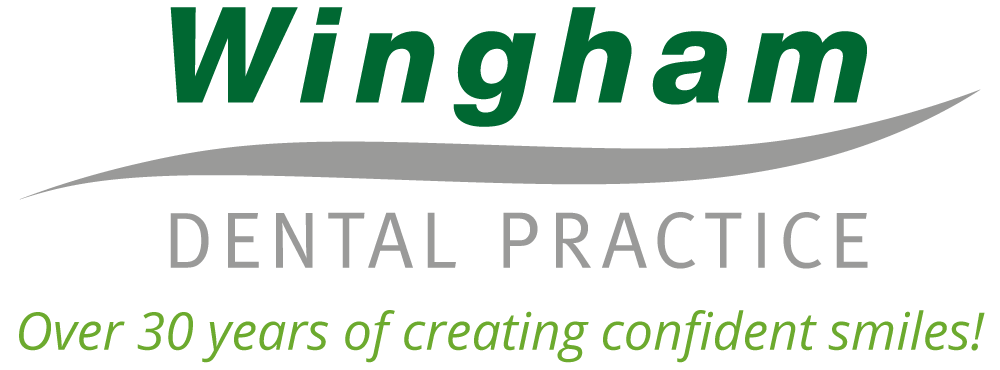How much sugar is hiding in our food?
(it's scary!)So what are ‘free’ sugars?
Free sugars are any sugars added to food or drinks, or found naturally in honey, syrups and unsweetened fruit juices.
So look out for ingredients ending in ‘ose’, such as glucose, sucrose, dextrose, fructose, maltose and lactose, which are all forms of sugar as well as honey, agave, molasses, corn syrup, maple syrup and fruit juice concentrate.
The carbohydrate (of which sugar) figure on the food nutrition label will tell you how much total sugar is in the food.

Levels of less than 5g per 100g are regarded as low sugar. Those above 22.5g per 100g are high sugar.
Fresh fruit and milk don’t count as they have much lower levels of naturally occurring sugars.
From a dental perspective, it is worth noting that is how often you eat sugar throughout the day, rather than how much, so it is still important to try and avoid sugary snacks between meals. However, from an overall health perspective, it is important to limit your sugar intake to the daily guidelines of no more than 30g of added sugar for those aged 11 or over.
Easy ways to cut down sugars
- Try to prepare meals and snacks from scratch so that you know what’s in them and look for foods with a low sugar level of less than 5g per 100g.
- Cut out sugar in hot drinks (especially if you take milk, as this provides the sweetness). You can do it gradually if it’s easier or use artificial sweeteners.
- Avoid low fat ‘diet’ foods as they tend to be high in sugars.
- Be wary of ‘sugar free’ foods as they have artificial sweeteners so they don’t help curb a ‘sweet tooth’.
- Reduce sugar in recipes when cooking. This can work for most foods, except jams, meringues and ice creams.
- Cut down on fruit juices, sweet soft drinks and alcohol. Just have them as a treat when you go out or at the weekend.
Whole fruit is better than fruit juice, but try to avoid eating more than two pieces of fruit between meals a day as this can promote dental decay. - Nuts and cheese are good snacks (and they are good for teeth!), but avoid dried fruit as it has a high sugar content.
Hidden Sugars
- Beware of low fat and diet foods which often contain more added sugars to help improve the taste and add bulk to food.
- Savoury, processed foods such as soups, pizzas, ready meals and sauces often contain added sugars.
- Soft drinks have high amounts of added sugars and fruit juice contains very high levels of fruit sugars. They both also contain high concentrations of citric acid which is particularly damaging to teeth.

